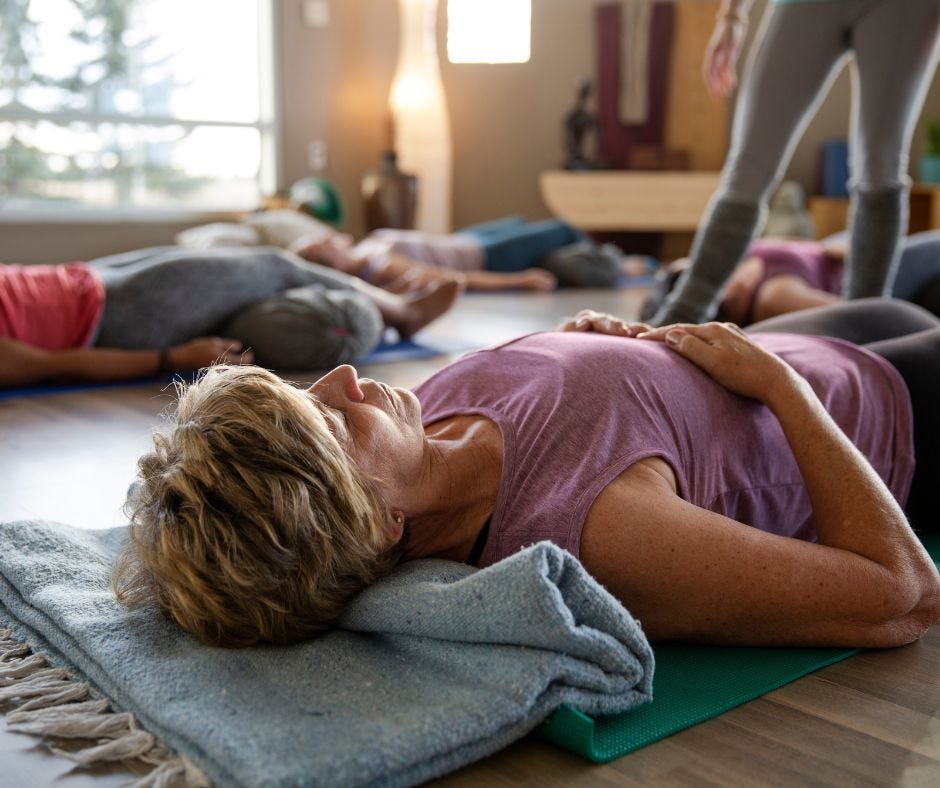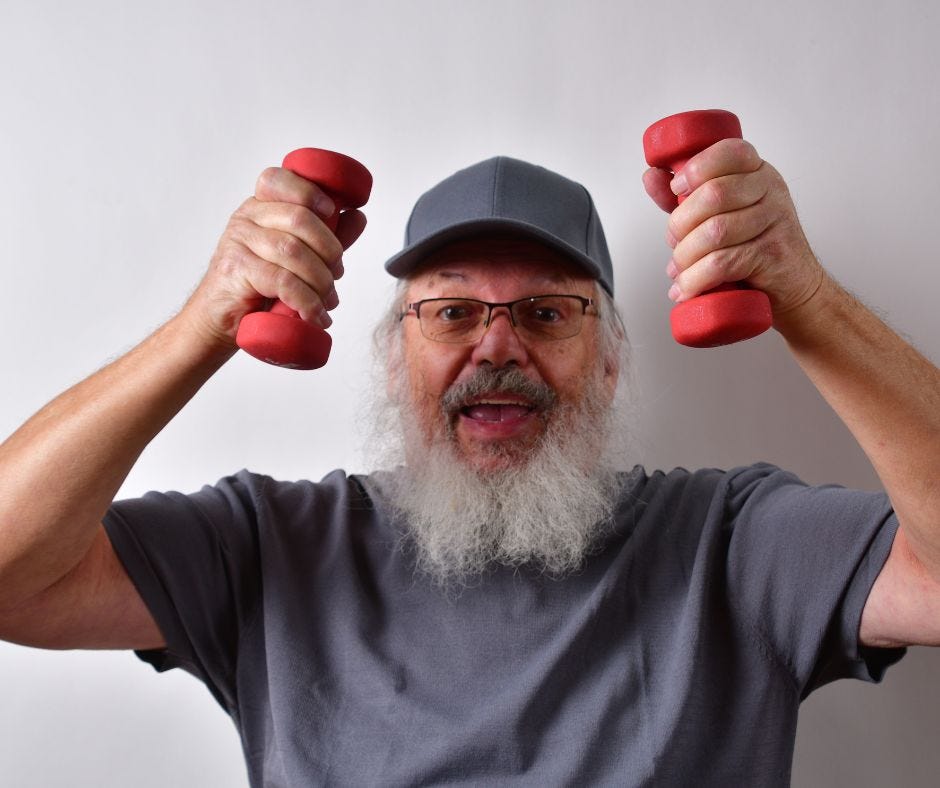Ok, there is a ton of information out there about how to set yourself up with a fitness program. Many of them are amazing and free!
You can check one of them out here.
But… What do you do if you are living with pain? Do those same fitness programs work for you? And why not?!
When you are living with persistent pain, first thing you need to acknowledge is that you have to work on calming your nervous system prior to pushing yourself physically in a workout. You also have to acknowledge that you’ve been so used to pushing yourself through pain to get through your day that adding in that same idea of pushing yourself in a workout is going to be exhausting and not going to work out well.
That leaves you starting from square one. Usually in the place of not knowing where to start. Here is the thing: If you can find someone who knows the pain end of things AND the fitness end of things… that is going to be your best bet. So I am glad you are here!
Let’s look at a few starting points:
Were you an active person prior to your onset of pain? No? (skip to #2) Yes? Read on…
You know that being active feels great and is so beneficial to your mental health. But you also likely love challenge and have the ability to push through some level of exhaustion to work hard physically. You need to start with a practice that brings you into your body for you to listen for the whisper edges of pushing (this can be your biggest challenge when you are used to working hard). Connecting your breath to this internal awareness will be your first step to rebuilding your movement program. Then we look at what you love to do. Starting there with easy movement, then progressively loading and adding complexity. If we need to, we’ll add in some strength training that will add to helping you get back to what you love.
Not really an active person prior to your onset of pain?
When you combine daily pain issues with lower activity throughout life, you’ll see that there is less confidence in movement with more kinesiophobia (fear of pain with movement). Totally understandable. Let’s start with working on finding the same internal connection to the sensations in the body (and see them as not alarming) so that we can feel what we are doing with movement and learn to play that edge of whisper sensation. From there we start to play with different movements to find what you connect with, then we build from there.
Now I could make this complex, but let’s look at three of the main factors in building movement programs for fitness vs. building a path from pain to health.
With fitness, we need to build a program based on healthy goals. Getting stronger, building mobility, increasing endurance for an activity, etc… (notice I didn’t list losing weight or fitting into a bikini, while seemingly worthwhile to a few, they are not what I consider healthy goals). When we are working with persistent pain, we need to also look at building the program on healthy goals, those might be walking to a neighbour’s house, playing with grandkids, or getting back to playing pickleball.
Either way, we are looking at building healthy goals. Bad habits are the easiest to build… You likely know that!
With persistent pain we need to look at what obstacles are around. Maybe it is work load, stress levels, kinesiophobia, lack of access to calm space to move in, etc. We are likely going to start by adding in movement snacks (functional movements that you can add into your day, here and there, not all at once). But we also need to look at what aggravates the pain, often that needs to be worked on first. If stress, anxiety aggravate the pain, this adds in a layer (very manageable) of working on the awareness and safety of that body part & associated movement.
When working with a fitness program, we need to find the equipment and space, but can usually head straight into getting into the physical work right away.
Here is the big one… dosage of the movements. With a fitness program, I can tell clients to do 3 sets of 12. They find the load that challenges them and start going.
With persistent pain we need to take this back to the connection of awareness of what is happening with the body and the nervous system. Making the dosage about the internal feeling of safety and playing on the edge of working the joint/muscle to maintain the calm state. This is one to work on. We are so used to being told to count, to get ‘x’ done, ‘y’ many times, at ‘z’ weight. But with persistent pain, one day may be great, and the next one sucks. If we listen to our internal sensations, rather than relying on the external world (if our shoulders are square, posture is ‘perfect’, core is engaged, etc), we can build on the foundation of safety, putting the nervous system at ease, and be able to maintain a routine. We also build body awareness that allows for ease of movement, finding our flow, and building more confidence and exposure to movement.
All of these things contribute to a sustainable movement program that you can continue to build on for years to come. So let’s get started!






